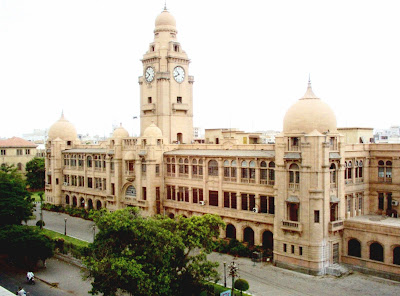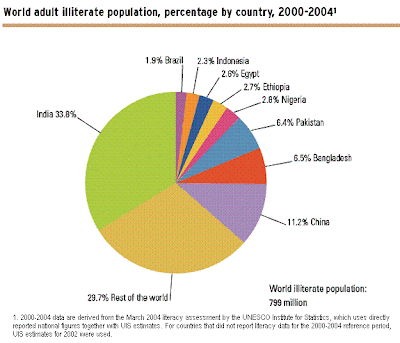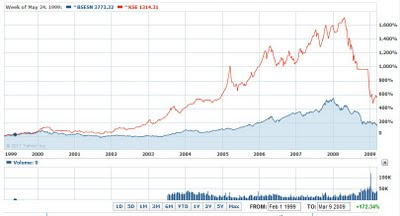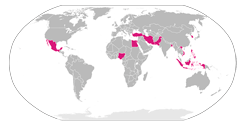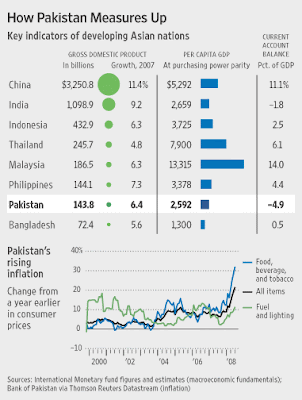Competence and Honesty in Pak Leadership
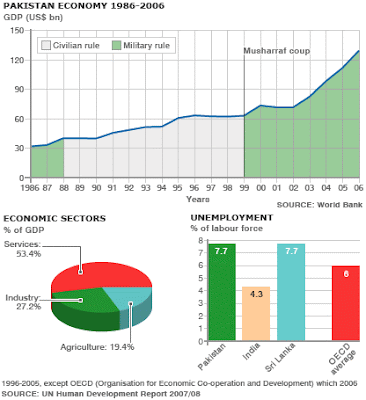
"It has been my experience that folks who have no vices have very few virtues" is a quote often attributed to Abraham Lincoln, also known as Honest Abe. I do not entirely agree with Honest Abe, but what does it mean in Pakistan's context, given the extraordinary and often hypocritical incessant demands for honesty by the nation's TV talking heads? Is competence not as big or bigger virtue than honesty? Is it not Utopia to expect angels to rise to leadership positions in a nation that generally scores badly at all levels on corruption indexes ? Is it not better to elect and expect greater competence from the leaders in Pakistan? The kind of competence that delivers good governance for the greater good of society? Since the beginning of Pakistan's existence as an independent nation in 1947, there has been constant repetition of slogans about piety and honesty by invoking the name of Islam, and its early legendary leaders, particularly great Caliphs like Omar. What i

